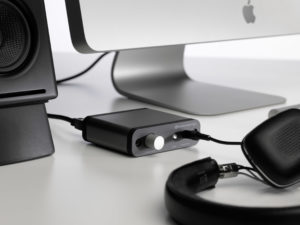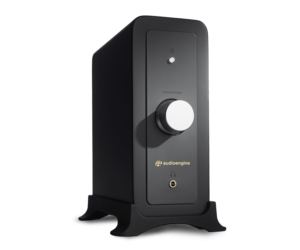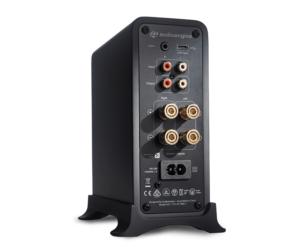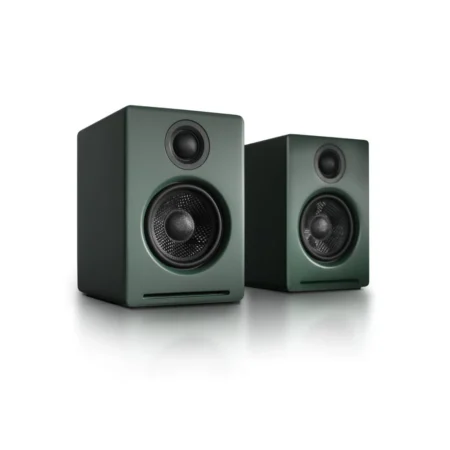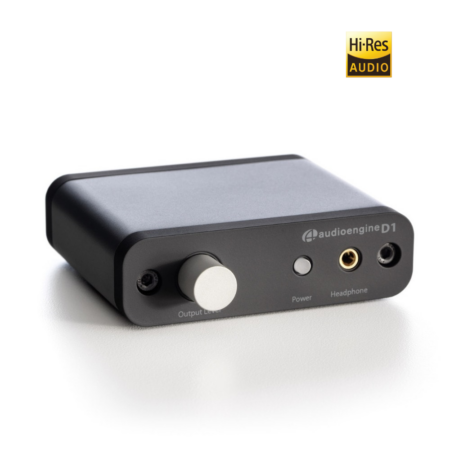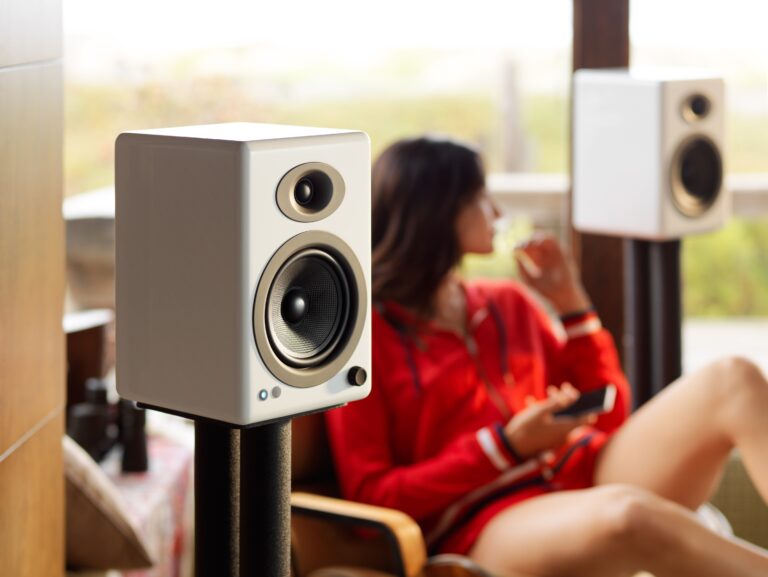The Intricacies of Analog Recordings and Digital Audio: A Deep Dive
As we've navigated the waters of the Home Music industry since 2005, we've found that one subject consistently fuels passionate discussions among music aficionados: the distinctions between analog recordings and digital audio. This isn't a battle of superiority; rather, it's an exploration of the unique characteristics that make each format appealing to different listeners.
What is Mastering?

Mastering is the final step in the audio production process and serves as the bridge between mixing and distribution. It involves a series of post-production adjustments to an audio track to prepare it for its final medium, be it vinyl, CD, or digital formats. The process is conducted in a specially designed mastering studio, often equipped with specialized hardware and software. Mastering aims to balance the sonic elements of a stereo mix and optimize playback across various systems and media formats. Techniques include equalization, compression, and limiting, all done to enhance the overall sound quality.
Analog Recordings: The Art of Nuance
Analog recordings capture sound waves as a continuous electrical voltage fluctuation in a physical medium a material like vinyl or magnetic tape that can store these fluctuations. This technique offers a sound profile characterized by warmth, broad dynamic range, the difference between the softest and loudest sounds, sonic depth, the sense of distance and spatiality in audio, and harmonic distortion, added richness and texture in the sound. These characteristics attract audiophiles, vintage collectors, and anyone who values the tactile and emotional experience of audio interaction.
Digital Audio: The Precision of Modern Engineering
Digital audio samples sound waves at intervals and then quantizes them into a binary format. This digital representation allows for error correction, ensuring a more consistent output even under less-than-ideal playback conditions. High-resolution digital audio formats can offer sampling rates upwards of 192 kHz, providing an incredible level of detail. This precision and reliability make digital audio the preferred choice for frequent travelers, tech enthusiasts, and those who prioritize convenience.
Comparative Aspects: Best of Both Worlds
Analog recordings offer a sound profile characterized by warmth, a broad dynamic range, and sonic depth, often attributed to the natural harmonic distortion and the absence of digital compression. Digital audio delivers sound with high clarity and fidelity, made possible by its error correction capabilities and resistance to wear and tear due to its digital nature. However, the choice between the two often depends on the listener's specific context: the equipment they use, the environments in which they listen, and their particular audio preferences.
How Digital-to-Analog Converters Work and Why You Need One
A Digital-to-Analog Converter (DAC) is a pivotal component that acts as a bridge between your digital audio files and your analog audio system. In essence, a DAC translates the binary digital audio data into an analog signal that your Home Music System can amplify and play through speakers. The conversion process involves several stages, including sampling, quantization, and finally, the transformation into an analog waveform. High-quality DACs offer better sampling rates and bit depths, resulting in more accurate audio reproduction. The need for a DAC arises when you wish to experience high-quality audio from digital sources, such as computers or smartphones, through your Home Music System.
The Amplifiers' Role
After delving into Digital-to-Analog Converters, what's the next piece of the audio puzzle? Amplifiers. These key components shape the sound you hear. Let's dive into the intricacies of analog and digital amplifiers.
Insights into Digital and Analog Amplifiers
In a Home Music System, amplifiers serve as the driving force that activates your speakers. While the fundamental task of amplification remains the same, the engineering techniques differ notably between digital and analog variants.
Analog Amplifiers: Detailed Sound Engineering
Analog amplifiers use classic electrical components like resistors and vacuum tubes to modulate an analog signal. This uninterrupted analog path ensures a wide dynamic range, capturing even the smallest variations in sound. The inherent harmonic richness of the circuitry provides a textured, warm audio output. These traits make analog amplifiers highly favored among music lovers seeking depth in their sonic experiences.
Digital Amplifiers: High-Frequency Precision
Digital amplifiers employ pulse-width modulation, a technique that converts analog signals into a series of digital pulses for efficient high-frequency amplification. Operating at elevated frequencies, these amplifiers excel in energy efficiency and allow for meticulous control over audio parameters. Their architecture enables a compact size, ideal for Home Music Systems with limited space.
Concluding Thoughts: The Personal Aspect of Audio Choice
Choosing between analog recordings and digital audio hinges on your specific preferences and lifestyle needs. Each format offers a compelling, albeit different experience. By understanding these nuances, you're not just choosing a format; you're choosing the type of musical experience that resonates with you, enriching your daily life and your Home Music System setup.




